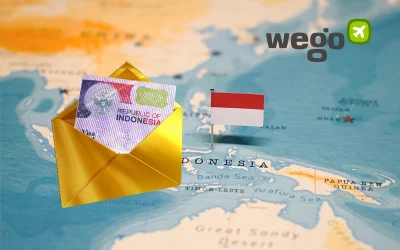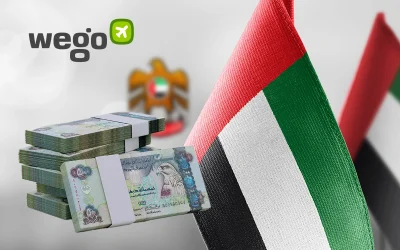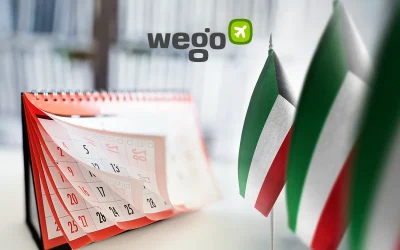This article is reviewed regularly (on a monthly basis) by Wego’s editorial team to ensure that the content is up to date & accurate.
Updated 16 August 2021
The Moderna vaccine (mRNA 1273) was approved by the FDA in the week after Pfizer/BioNTech became the first mRNA vaccine in use. While Moderna also uses the same mRNA technology to create immune responses, there are a few technical differences between the two mRNA vaccines.
Read on to find out more about the Moderna vaccine and where it has been approved for usage.
Table of Contents
About Moderna vaccine
The Moderna vaccine is produced by the biotechnology and pharmaceutical company Moderna Inc., which specialises in creating drugs and vaccines based on mRNA (messenger RNA) therapeutics.
Moderna’s mRNA based approach to creating vaccines works by enclosing a specific mRNA (a piece of the virus’s genetic information) into an oily coating which releases the mRNA to the right site in the body. The mRNA chosen contains information about the virus’s spike protein which is the target area for our antibodies to attack the virus. Releasing the mRNA into our body helps our immune system to learn about the structure of the spike protein and create antibodies accordingly.
With a vaccine efficacy of 94.1%, this new mRNA technology not only creates immune response by creating antibodies, it also produces immune system cells which kill the virus. It requires the administering of two doses, given four weeks apart and becomes fully effective two weeks after the second dose.
This vaccine is to be administered only to individuals above the age of 18 years. While the vaccine is not yet available for children, the company says its vaccine provides strong protection for children as young as 12, and it is testing its efficacy for children ages 5-11.
WHO Approval for Moderna vaccine
The WHO’s Emergency Use Listing (EUL) and EMA’s Conditional Marketing Authorization act as benchmarks for the other countries. On 30 April, WHO listed the Moderna vaccine on its ‘Emergency Use Listing’ (EUL) and so far the vaccine is approved for emergency use in 68 countries.
For COVID-19 vaccines, the UN’s health branch has set the bar for minimum efficacy at 50% in its considerations for evaluation of COVID-19 vaccines. So far, the WHO has also approved:
- Pfizer/BioNTech: Comirnaty
- Oxford/AstraZeneca: Vaxzevria
- Johnson & Johnson: Ad26.COV2.S
- Covishield
- Sinopharm: BBIBP-CorV
- Sinovac: CoronaVac
Moderna EMA status
The EMA has authorized the Moderna vaccine under the brand name Spikevax for emergency use across Europe.
The EMA’s authorization process involves the safety monitoring of vaccines and careful consideration of aspects like risks, side effects, design, clinical reports, etc. Apart from the Moderna/Spikevax vaccine, the EMA has given its nod to:
- Pfizer/BioNTech: Comirnaty
- Oxford/AstraZeneca: Vaxzevria
- Johnson & Johnson: Ad26.COV2.S
Countries that have approved the Moderna Vaccine
The following countries have given the Moderna vaccine the go-ahead so far:
- Australia
- Austria
- Bangladesh
- Belgium
- Botswana
- Brunei Darussalam
- Bulgaria
- Canada
- Colombia
- Croatia
- Cyprus
- Czechia
- Denmark
- Estonia
- Faroe Islands
- Fiji
- Finland
- France
- Germany
- Greece
- Greenland
- Guatemala
- Haiti
- Honduras
- Hungary
- Iceland
- India
- Indonesia
- Ireland
- Israel
- Italy
- Kuwait
- Latvia
- Libya
- Liechtenstein
- Lithuania
- Luxembourg
- Malaysia
- Maldives
- Malta
- Mongolia
- Netherlands
- Nigeria
- Norway
- Pakistan
- Philippines
- Poland
- Portugal
- Qatar
- Republic of Korea
- Romania
- Rwanda
- Saint Vincent and the Grenadines
- Saudi Arabia
- Seychelles
- Singapore
- Slovakia
- Slovenia
- Spain
- Sweden
- Switzerland
- Taiwan
- Thailand
- United Arab Emirates
- United Kingdom of Great Britain and Northern Ireland
- United States of America
- Vietnam
- West Bank













